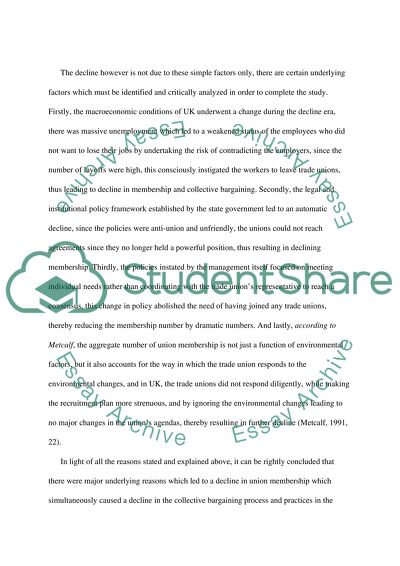Cite this document
(“Exam questions Coursework Example | Topics and Well Written Essays - 3250 words”, n.d.)
Retrieved de https://studentshare.org/finance-accounting/1416415-exam-questions
Retrieved de https://studentshare.org/finance-accounting/1416415-exam-questions
(Exam Questions Coursework Example | Topics and Well Written Essays - 3250 Words)
https://studentshare.org/finance-accounting/1416415-exam-questions.
https://studentshare.org/finance-accounting/1416415-exam-questions.
“Exam Questions Coursework Example | Topics and Well Written Essays - 3250 Words”, n.d. https://studentshare.org/finance-accounting/1416415-exam-questions.


